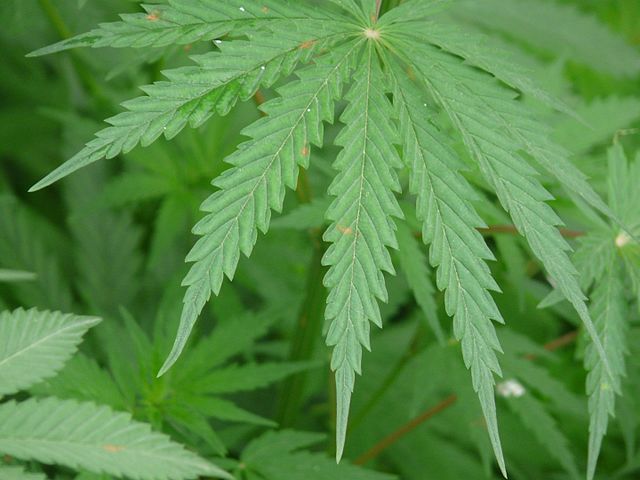In addition to its use in the textile, paper, plastics, paint, fuel and building materials sectors, hemp is also suitable for the production of quality edible oil. In this perspective, the Department of Agricultural and Environmental Sciences-production, territory, agroenergy (DiSAA) of the University of Milan and the Centro di ricerca Zootecnia e Acquacoltura del Crea di Lodi have worked on a three-year project called “Canapro”, which closed this year, with the aim of enhancing this crop through the identification of varieties suitable for the Lombard environment.
This project was co-financed by operation 16.1.01 “Pee Operational Groups” of the Rural Development Programme 2014-2020 of the Lombardy Region under measure 16 “Cooperation”, submeasure 16.01, dubbed “Support for the establishment and management of the Pei Operational Groups in the field of agricultural productivity and sustainability.” Partner companies of the project were the Morando Bolognini Foundation, the Madreterra farm and the Matteo Penati farm (production in the field), the Next Farm (oil extraction) and the Luigi Penati farm (evaluation of the panel in dairy cows).
The specific objectives of the project, described by the project coordinator, Antonio Ferrante of the University of Milan, on the occasion of the final conference to present the results that took place last June at the Castello Bolognini in Sant’Angelo Lodigiano (Lo), were the following:
- identify the varieties best suited to the Lombard environment and the processing objectives, in order to improve agronomic and environmental sustainability;
- develop growth models for cultivation in the open field and in greenhouses, so that production can be planned, in order to improve economic sustainability and have a company production all year round;
- assess the yield and quality of extra-seasonal hemp production through greenhouse cultivation;
- identify the varieties with the highest oil yield;
- compare the quality of the oil of the different varieties of hemp obtained with different pressing parameters;
- enhancing by-products in livestock applications.
“The project embraces some objectives of Pei Agri related to innovation that in the project are outlined in the field of product innovation (more suitable varieties and derived products) and process (oil extraction and its valorization),” explained Ferrante, who then entered into the merits of the best results by the nine varieties tested: “The best results in terms of adaptation and eco-physiological responses were observed in Carmagnola, Carmagnola selected (low), Felina 32 and Santicha 27, while the best yields were found in Fedora, Zenit, Felina 32 and Futura 75. It is necessary to improve the genetics of the crop to obtain plants with the aptitude for seed production, because those which we have a higher height have shown a lower yield. Moreover, in 2021 the results improved from an agronomic point of view, but the problem of harvesting and the lack of specialized machines remains.’
As for greenhouse experimentation, the same 9 varieties analyzed in the field were tested. “The varieties cultivated with LED lighting,” reported Davide Guffanti of the University of Milan, “showed rapid development, greater internal elongation and lower foliar nitrogen content. No statistically significant difference was found in morphological characteristics, chlorophyll, nitrates, total sugars, element concentration, yield in terms of biomass (fresh and dry) and seed. The highest seed yield was found in Fedora 17 (16.01 g/plant) and USO 31 (11.23 g/plant) in the case of Hid lights (high-intensity discharge lamps). The greatest fresh biomass yield, on the other hand, was obtained by Felina 32 (296.2 g/plant) and selected Carmagnola (290.75 g/plant) in the case of LED lights (light-emitting diodes). Finally, the shortest production cycle was that of the varieties placed under the Led lighting system.’
The chemical characterization of the oil in the different varieties confirmed the high quality of the one extracted from the hemp seed. “We are talking about varieties that, as per EU Regulation 1393/2022, must have a maximum Thc content of 3 mg/kg in the seeds and 7.5 mg/kg in hemp oil.” Francesca Bonazza of Crea-ZA immediately specified: “The oil, present in the seed in percentages ranging from 26 to 37.5%, is composed of 80% polyunsaturated fatty acids and the pressing takes place cold to preserve the quality. The panello is also a rich by-product, with 33% protein, 11% lipids and 43% fiber. In the oil therefore there is a high content of polyunsaturated fatty acids, which can be divided into Omega 3 (15-25% α-linolenic acid and 1-4% stearidonic acid) and Omega 6 (50-70% linoleic acid and 0.5-2% γ-linolenic acid), for a well-balanced Omega 6: Omega Other substances with antioxidant activity present in hemp oil are polyphenols (lignans), carotenoids (lutein, zeaxanthin and ß-carotene) and tocopherols (γ-α-ß-δ-tocopherol). As for fatty acids, Carmagnola, Carmagnola selected and Finola recorded the highest values of α-linolenic acid (about 20%), while Santhica 27 and Felina 32 excelled as linoleic acid (about 57%).
As for the content of tocopherols in the oil, it was generally very high (600-800 μg/g), therefore higher than an oil such as extra virgin olive oil (100-300 μg/g), although with a strong variability between varieties and from one year to the next. The same is true for carotenoids, where there was a considerable difference between the content in the seeds and the cake. Also interesting is the evaluation of the content of terpenes, molecules with positive activity on health, but also in this case with different distribution between the varieties.’
Source: Terraevita.edagricole.it
